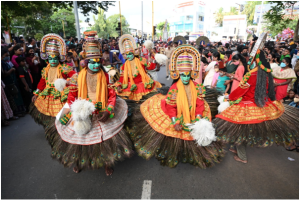
TTT NEWS NETWORK
THIRUVANANTHAPURAM | 21 AUGUST 2025
Malayalis’ eagerly-awaited annual festival Onam stands out as one of the few celebrations in the world that blends mythology, veneration of nature and cultural expressions in a captivating tapestry.
This year, the ten-day Onam season starts on August 26, bringing in its wake a zealously-preserved tradition celebrated by Malayalis since ancient times, cutting across social and economic barriers. The festival culminates with the ‘Thiruvonam’ Day on September 5.
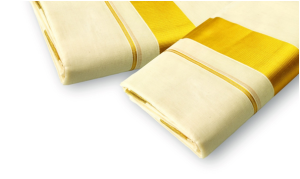
Onam is defined by its beauty, grace, charm and inclusivity. Though at its core is a Hindu myth, Onam is a festival that blurs borderlines of faith and social rankings.
The festival is deeply ingrained in the socio-cultural ethos of Malayalis, whether they live in Kerala or in any part of the world.
Onam, which falls in the month of ‘Chingam’ in the Malayalam calendar, comes after three months of southwest monsoon, with fresh shoots springing from the bowels of the Mother Earth.
For an agricultural community, which Kerala essentially was until not-so-distant past, the season implied the paddy harvest time, mainly the principal crop rice.
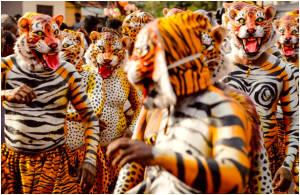
The Mahabali myth:
Onam has a legend linked to it. The region comprising Kerala was eons ago ruled by the Asura King Mahabali. So ideal was his reign that the kingdom was like a paradise on earth— no trace of theft, deception or malice of any kind.
Could such a harmony allowed to be flourished in the mundane world? Of course, it made the Devas envious. They hatched plans to bring an end to the golden era. Instigated by them, Lord Vishnu transfigured into a dwarf (Vamana) and came down before Mahabali. Always keen to welcome guests, the king expressed his willingness to grant anything the visitor would request.
The dwarf asked for three steps of earth. Mahabali agreed. Ahead of taking his first step, Vamana suddenly grew in size to emerge like a titan. Thus, his one foot covered the whole of earth, the second the whole of heaven. As there was no ground left, Mahabali offered his head for the Brahmin to place his foot on a third time. The emperor was stomped down to the netherworld (Patal). Resolved to his downfall, the king asked for a favour: “Can I visit my subjects once a year?” Yes, said Vishnu generously. And, that’s Onam season, the homecoming of Mahabali every year, to be welcomed by his subjects with all honours.
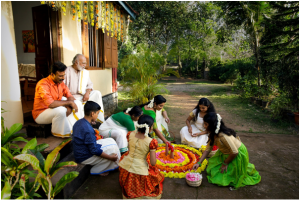
Floral carpet:
The most enduring and colourful image of Onam is the tradition of laying out floral carpets to welcome Mahabali. It is also known as ‘Atha Pookkalam’ as it starts at homes on the’Atham Day’ of the zodiac almanac, 10 days ahead of the Thiruvonam.
These days Onam has assumed a larger social dimension, with festivities spilling over to community cultural spaces. So, Pookkalam is laid out in schools, offices and even tech campuses.
A visitor to the state during the Onam is greeted with the Pookalam, laid out with a variety of flowers adorning the front yard of homes. Members of the families, including little ones, give full play of their aesthetic sensibility in making the floral carpet.
With fast-paced urbanisation turning vast swaths of land into concrete jungles, the flowers for pookkalam now mostly come from neighbouring states.
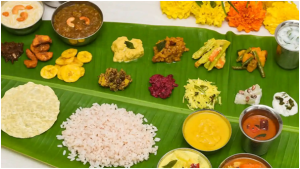
Onam Sadhya, the multi-dish feast:
The Onam Sadhya, the multi-dish feast served on plantain leaf, is a mouth-welling highlight of the festival. Traditionally, the Sadhya used to be prepared by women at homes, with menfolk lending a helping hand to fry banana chips and fritters.
The dishes, laid out in banana leaves, are classically vegetarian. Rice, sambhar, avial, rasam ,olan, erissery, pappadam, fried banana chips and pickles make the list pretty long, along with savouries like sweet ‘pradhaman.’ In parts of the Malabar region (north Kerala) fish and meat are added to enliven the menu.
These days, the full-course Sadhya with even the banana leaf to serve will get delivered at homes. Scores of restaurants and caterers make a roaring business during the season.
Onam Sadhya is available in major restaurants and star hotels during Onam in major cities in India and also in the Middle East, USA and UK.
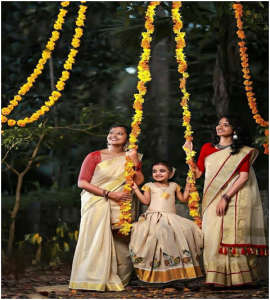
Women at the centre of festivities:
Onam has been a time for people to engage in arts and sports. The season sees the return of many sporting traditions.
At a time when women were essentially home-makers, Onam was an occasion for them to give expression to their artistic talent, though essentially before the joint family audience.
There are choreographic expressions Kaikottikali, in which the dancers clap their hands in unison while moving clockwise and anti- clockwise rhythmically. The themes are drawn on from the Hindu mythology. However, an off-shoot of this in Christian houses is called Margamkali, where the lyrics are largely Biblical. The Islamic tap-and-sing tradition of DuffMuttu and Arbanakali are also popular.
Sporting season for men and children:
In parts of Kerala, Onam offers an occasion for men to display their physical prowess by engaging in a pastime fight called Onathallu, which has its body-fighting tactics borrowed from the martial art of Kalaripayattu. They also engage in many other rural sports like.
Community cultural spaces:
From homes grounds ,these cultural expression have moved to community spaces. The State Government organises Onam Celebrations on a grand scale for a whole week in the state capital, district headquarters and cities and towns across the state. In suburban and rural areas, local cultural outfits take the lead in organising the festival.
Tourism Week Celebrations :
The season also see inflow of tourists to Kerala in large numbers. For hosting and taking them around the festival venues, the Tourism Department has made special arrangements.
“The week-long tourism festival organised by the government showcases the best of Kerala’s classical, folk and ethnic art forms. It provides an opportunity for hundreds of artists to perform in the capital city and centres across the state,” said Tourism Minister Mr. P A Mohamed Riyas.
The Onam season also see a lot of tourist footfall in Kerala, where they can have a hands on feel of the eclectic culture of the people, the Minister added.
This year, the week-long Tourism Week Celebrations, organised by the Tourism Department, will be inaugurated by Kerala Chief Minister Shri Pinarayi Vijayan at Thiruvananthapuram on September 3. The celebrations, dominated by cultural programmes, illumination of main thoroughfares and landmark buildings, will conclude with a grand colourful pageantry on September 9.
Boat races:
Onam is also the season of boat races. Kerala has a string of sprawling backwaters. Travancore, especially the rice-bowl of low-lying Kuttanad, has been a hub for boat races. The prime attraction is the chundanvallam: snake-boats with as much as 140 feet of length and accommodating 120 paddlers. There are smaller varieties of boats, enabling women as well to contest.
Ironic twist:
Though Onam is a festival that welcomes the return of Mahabali, in some regions the celebrations also get an ironic twist. For many, it is also an occasion to worship Maha Vishnu , who transfigured as Vamana to banish Mahabali to the nether world.
As part of this tradition, clay cubes that taper towards the tip are made, and floral offerings are made at the base. These are called Thrikkakarayappan or Onathappan. They represent, Lord Vishnu, who is believed to have ended the mythological Mahabali regime. But this in no way dampens the festive spirit whose focus is the visit of Mababali.

Advertisement:


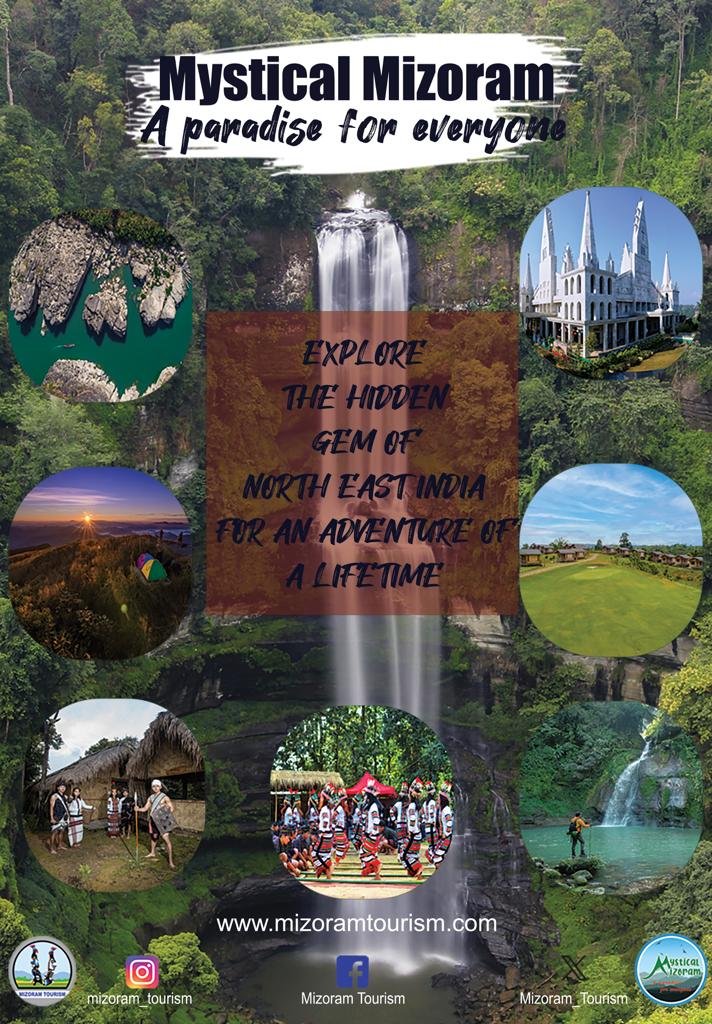
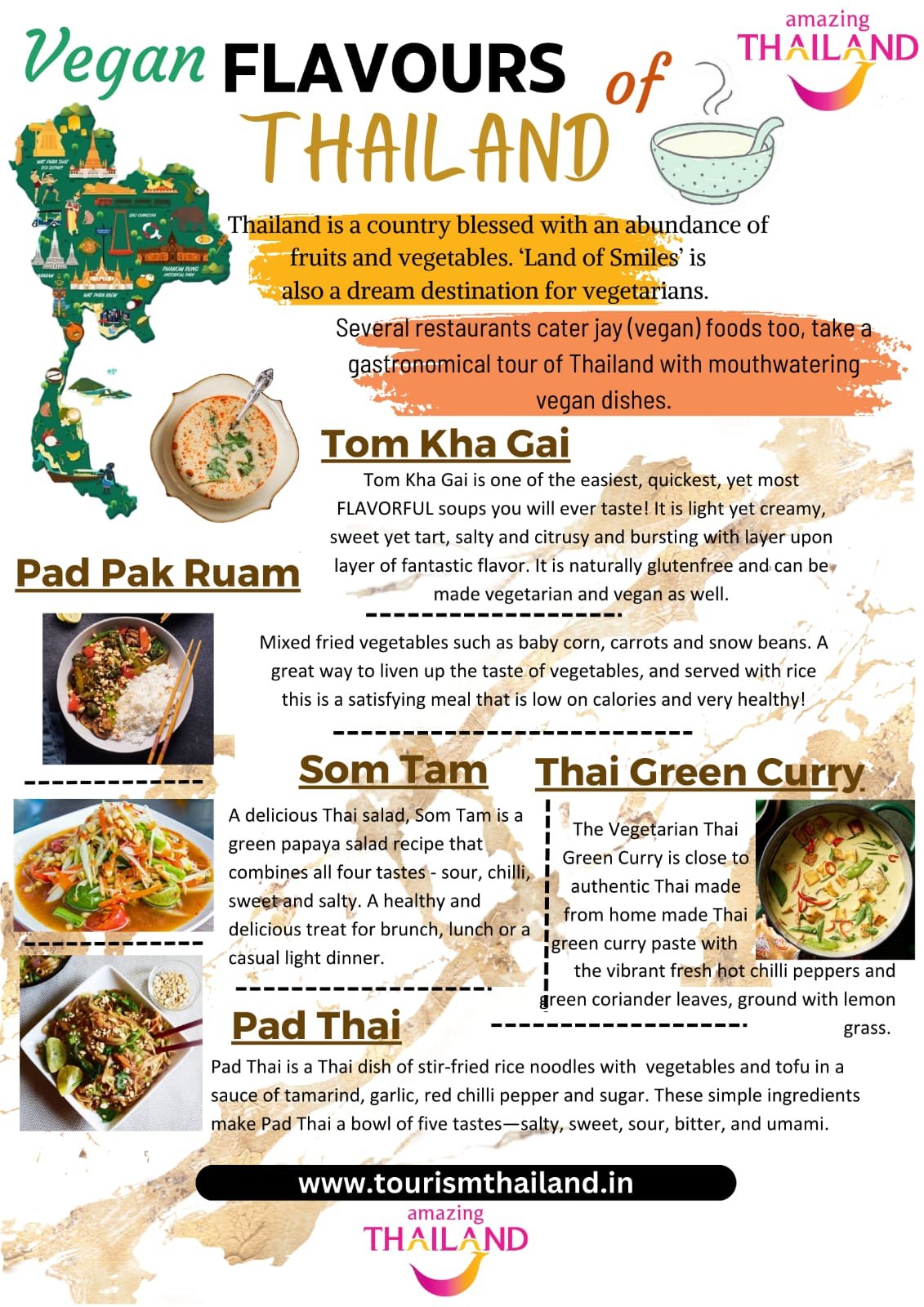
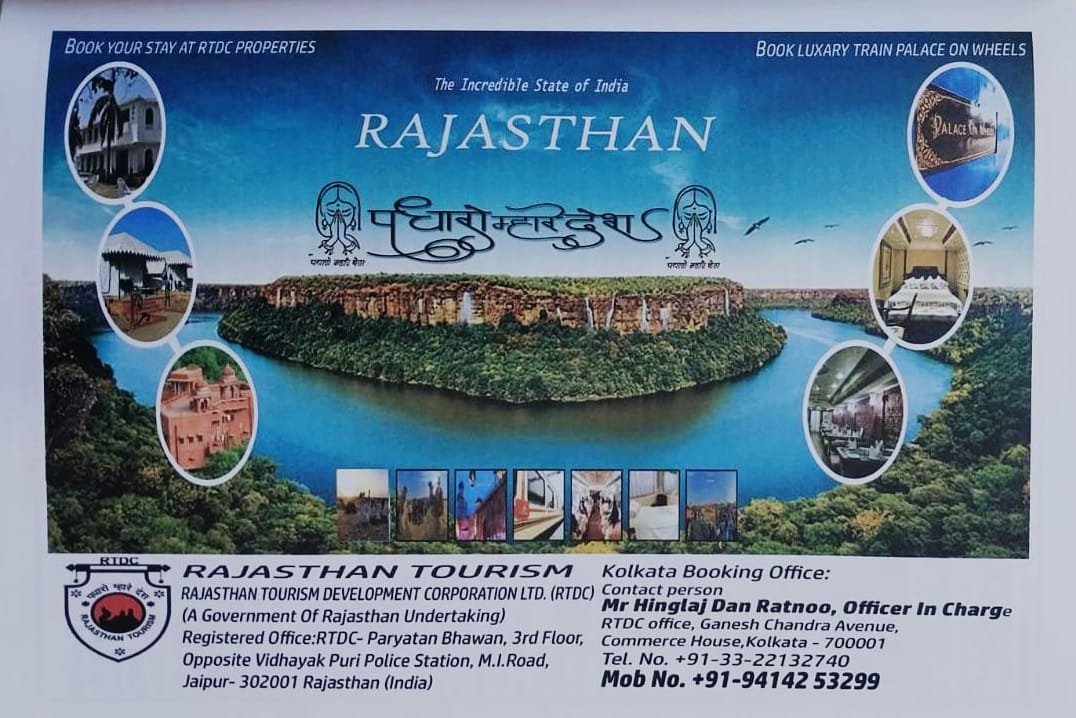




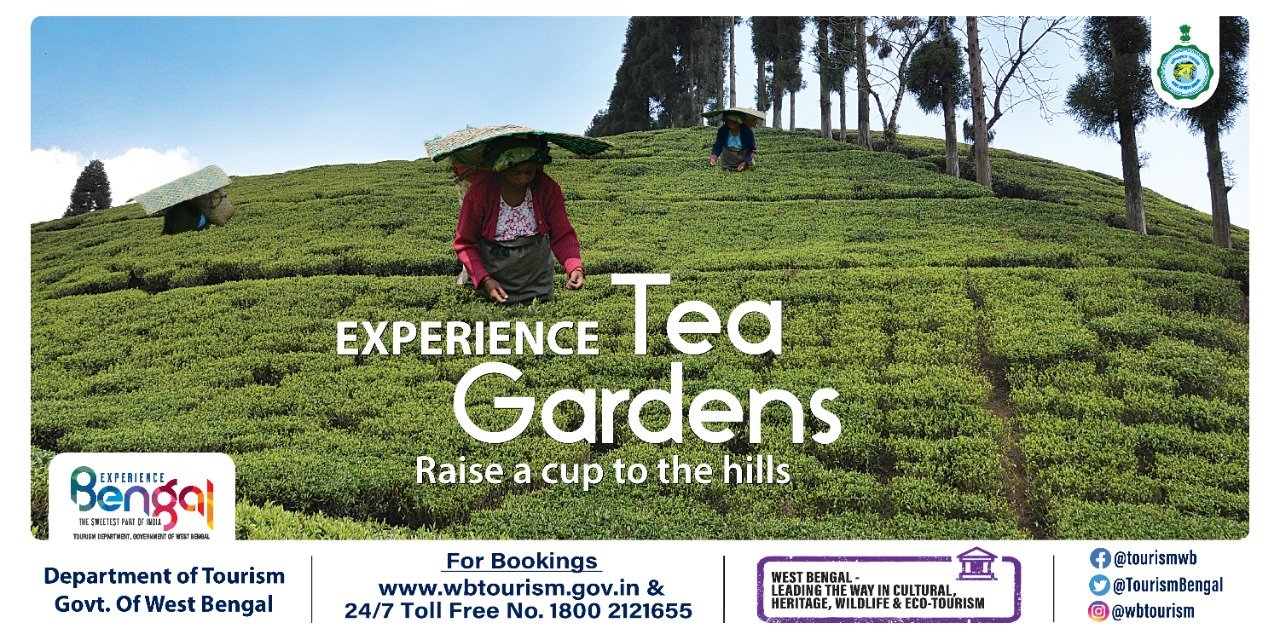


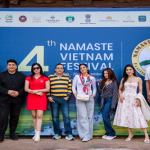








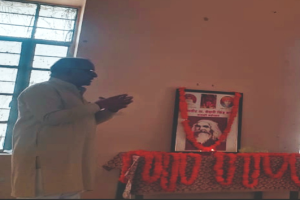








Add Comment